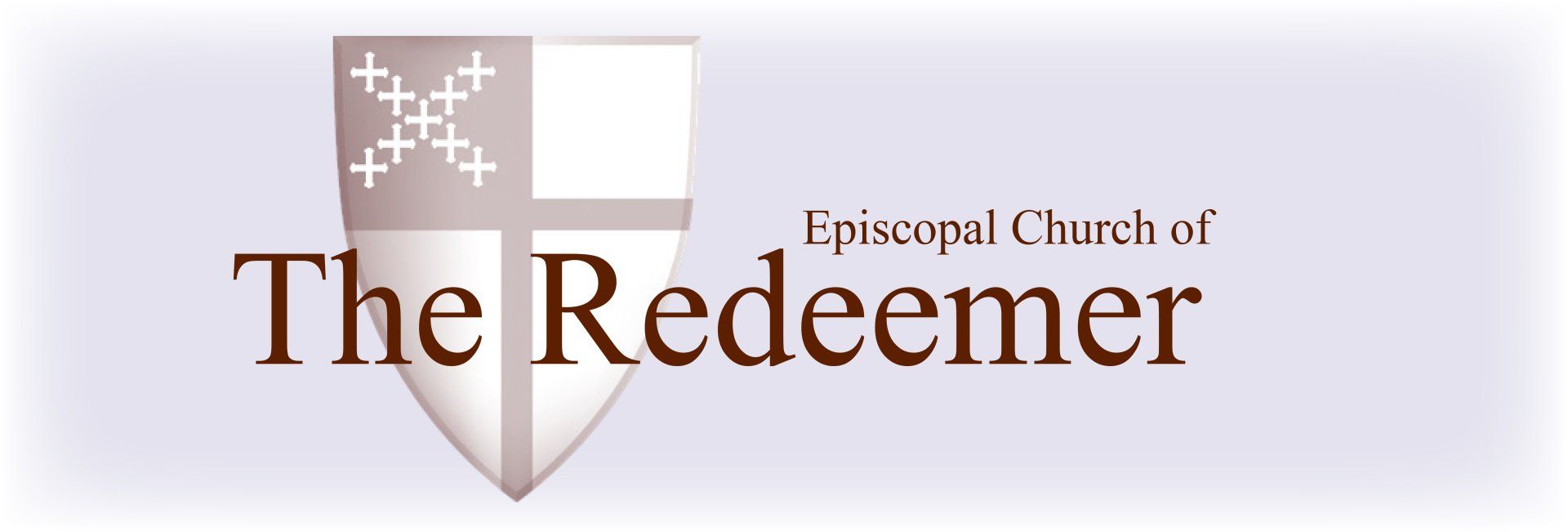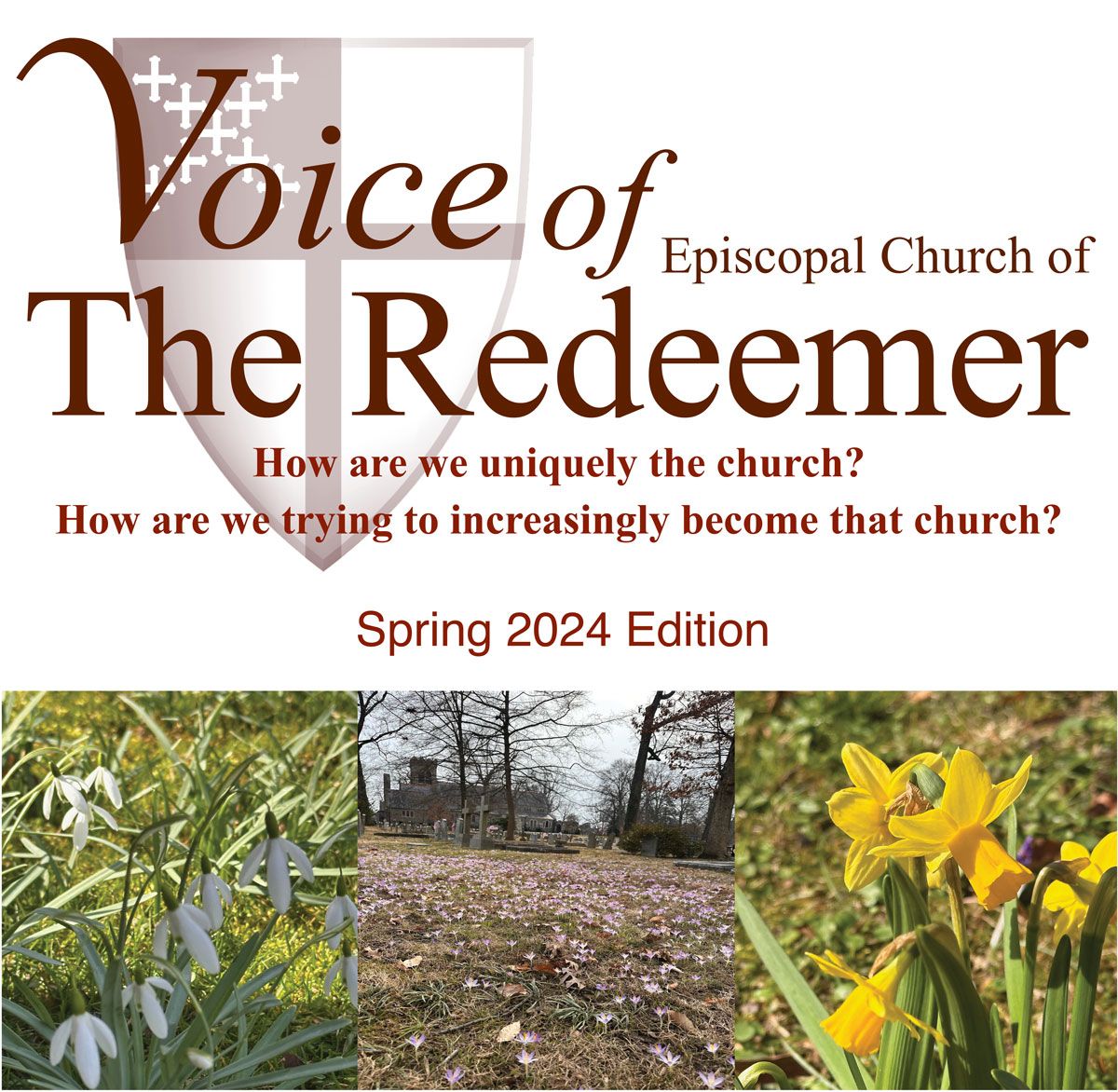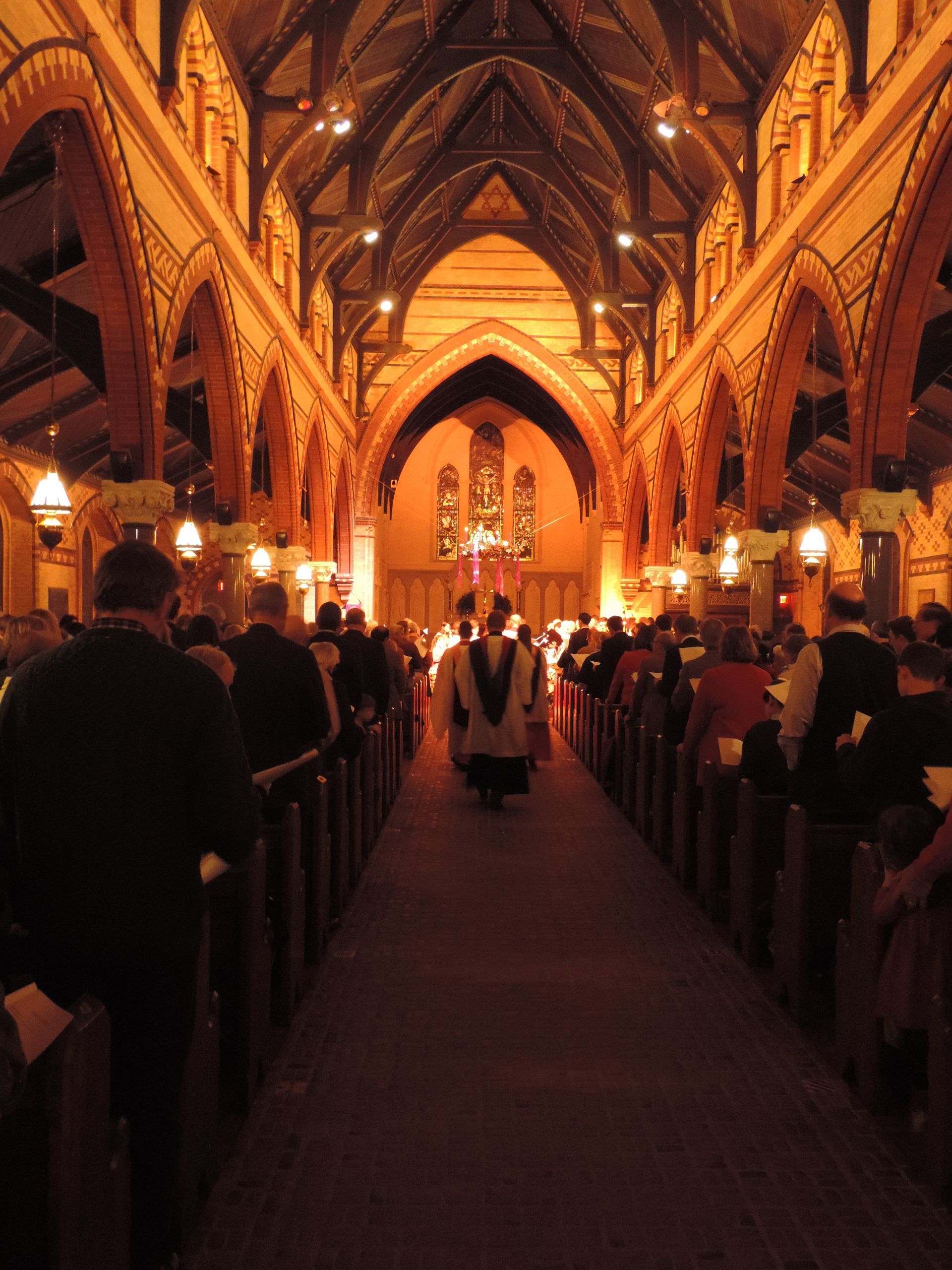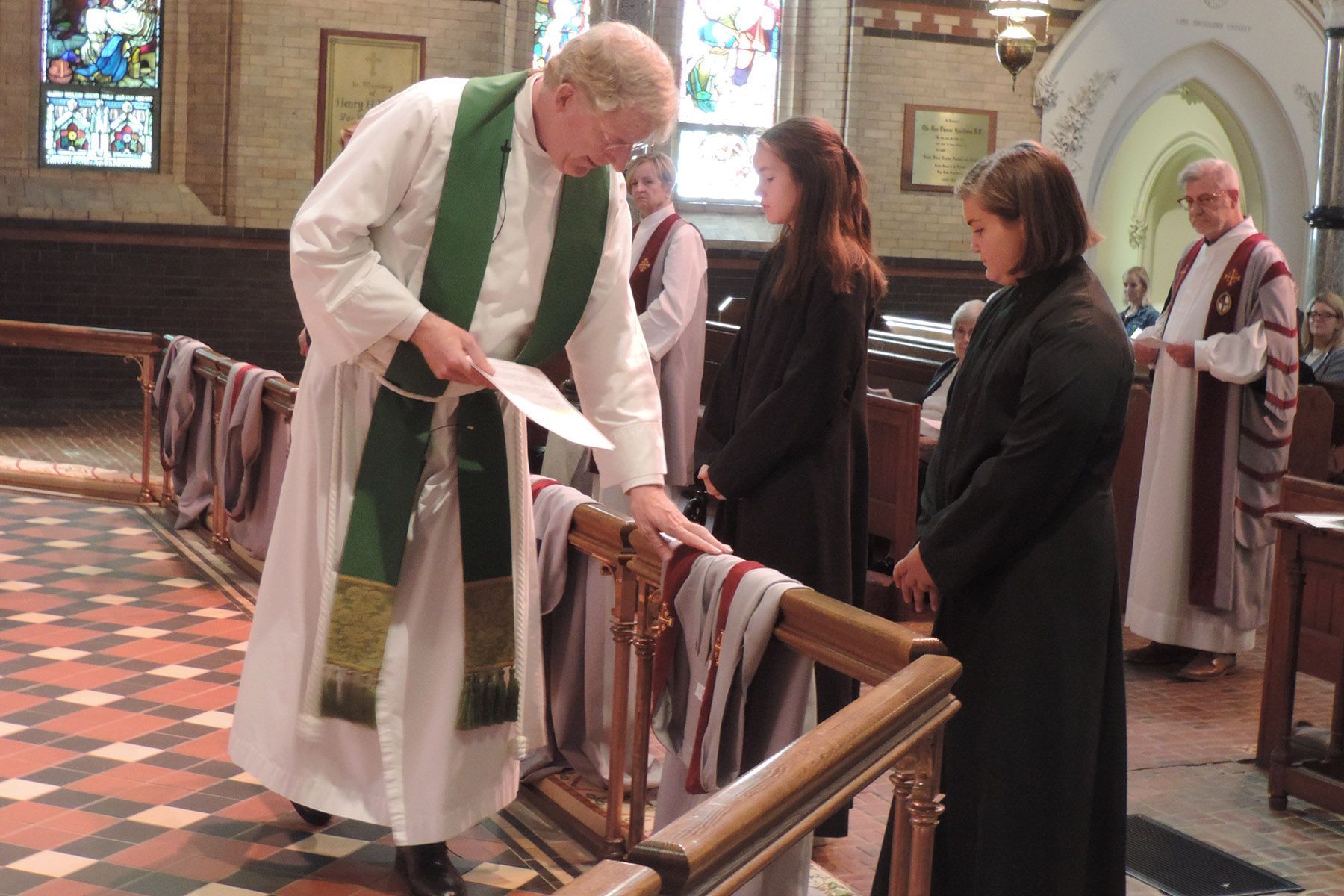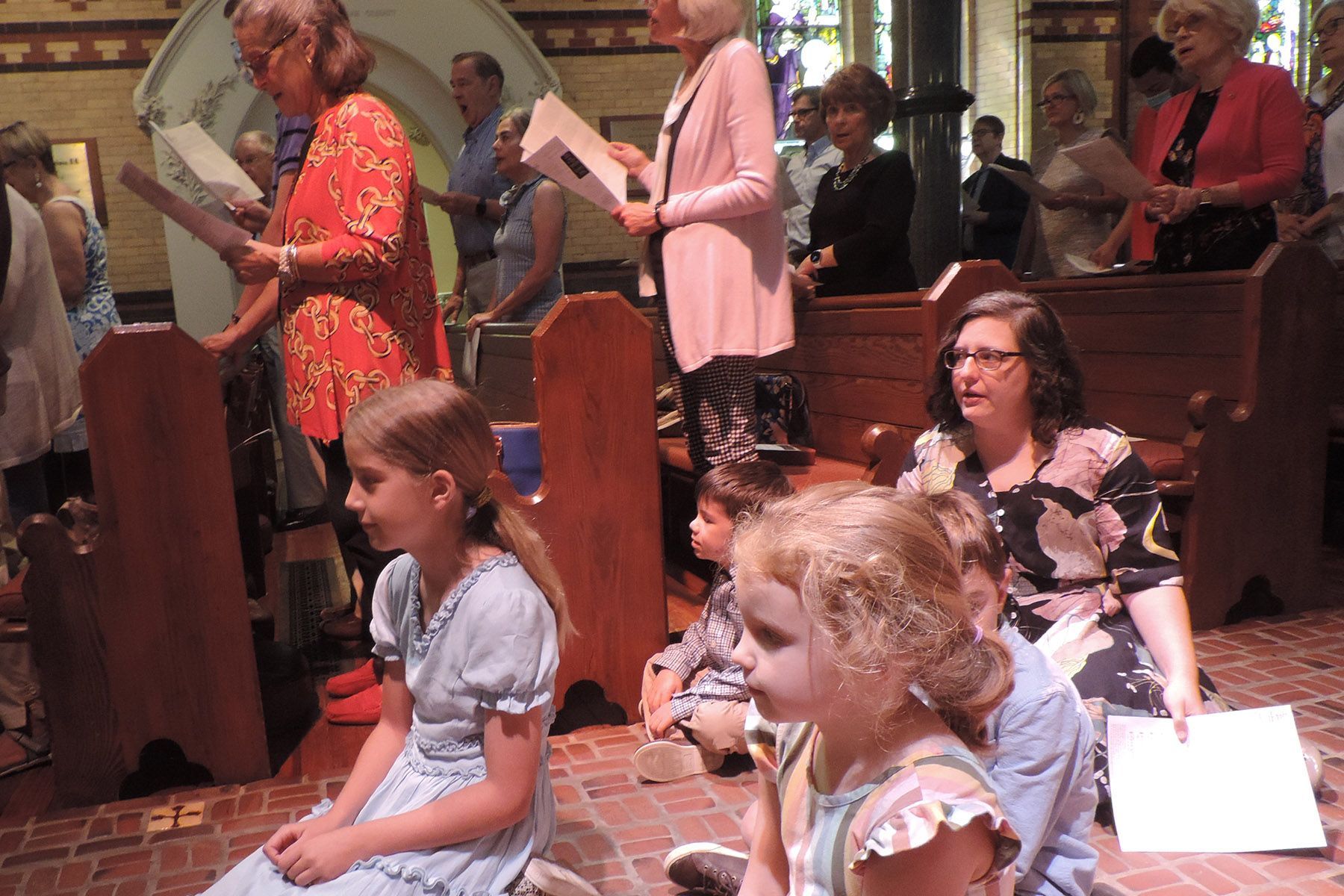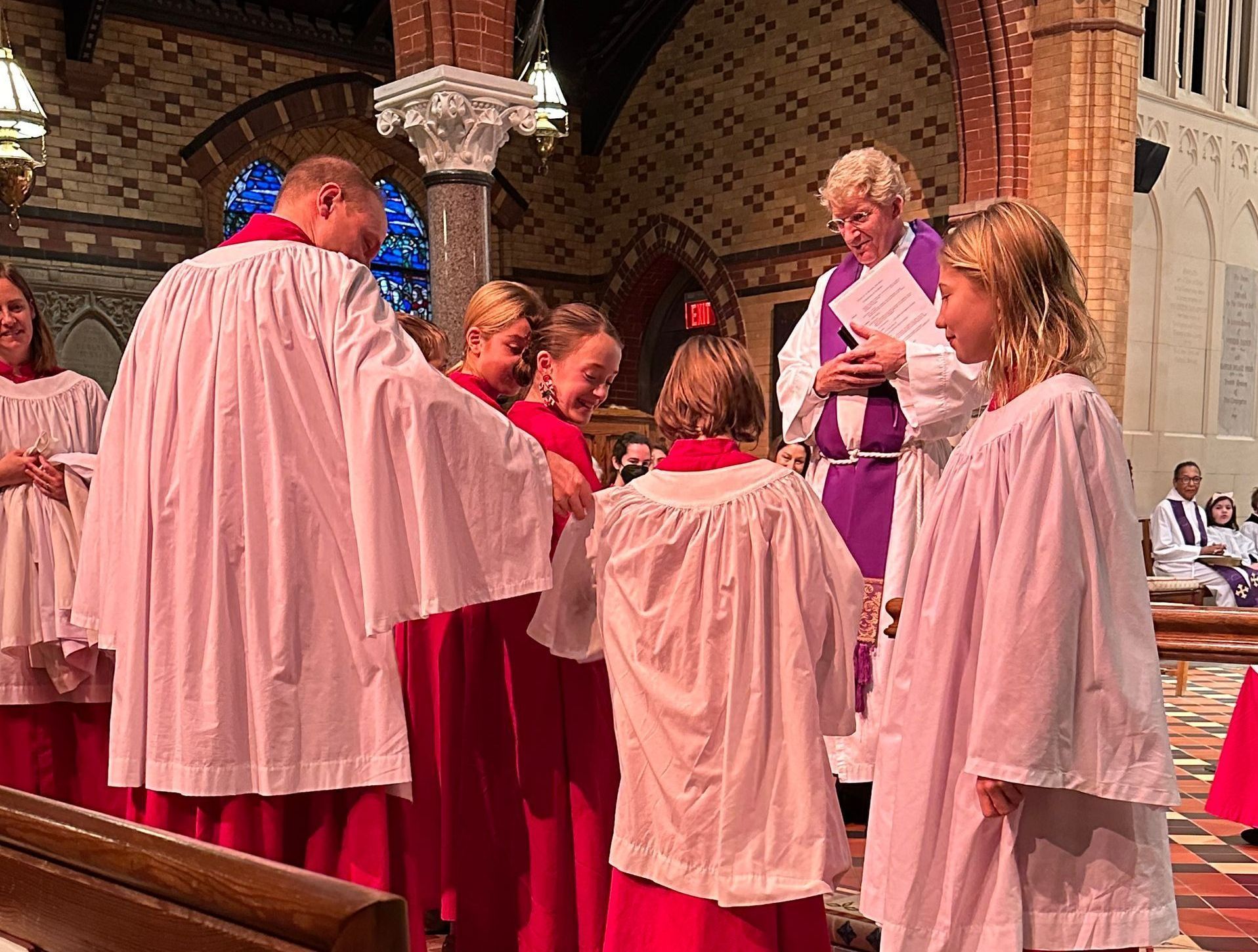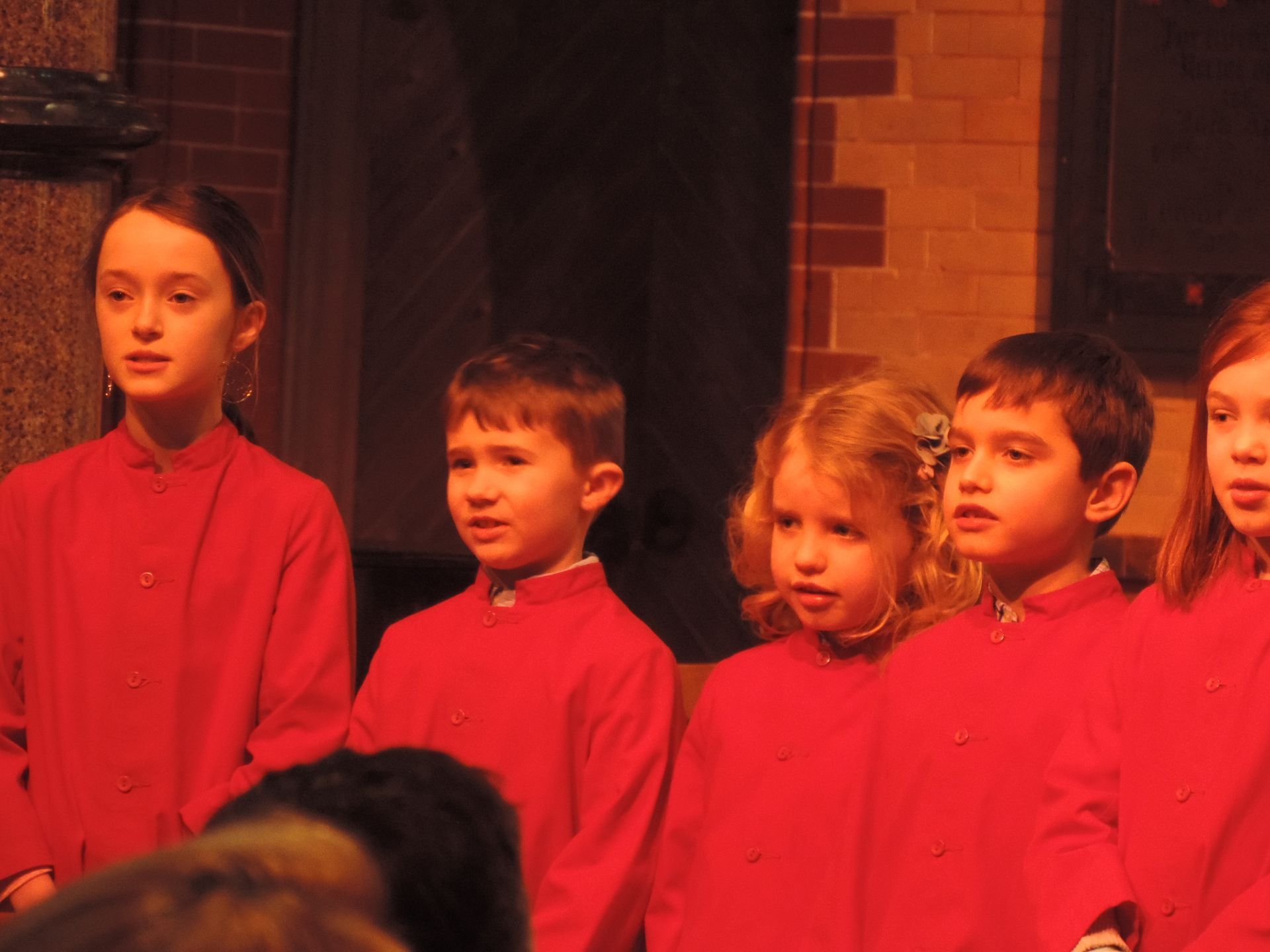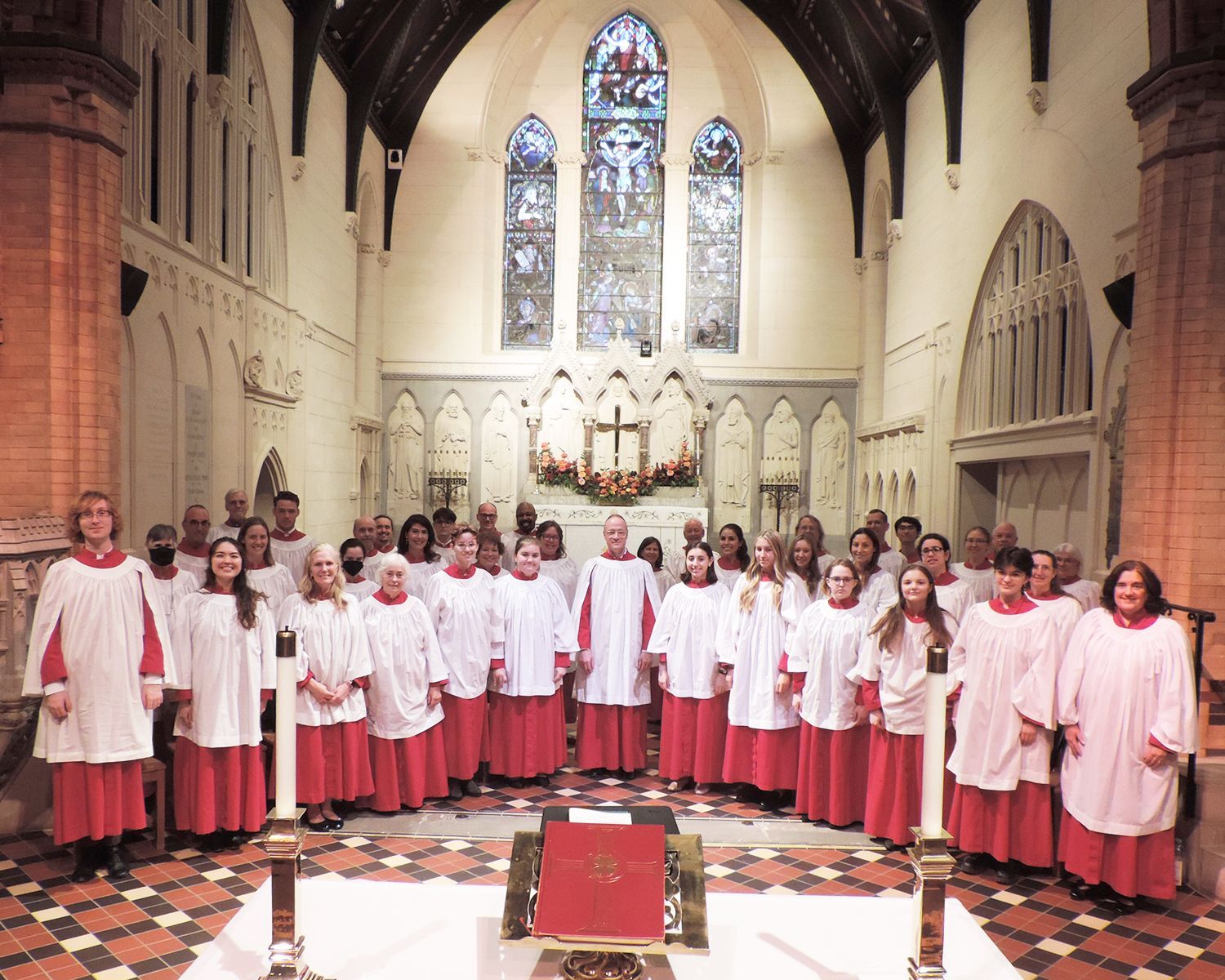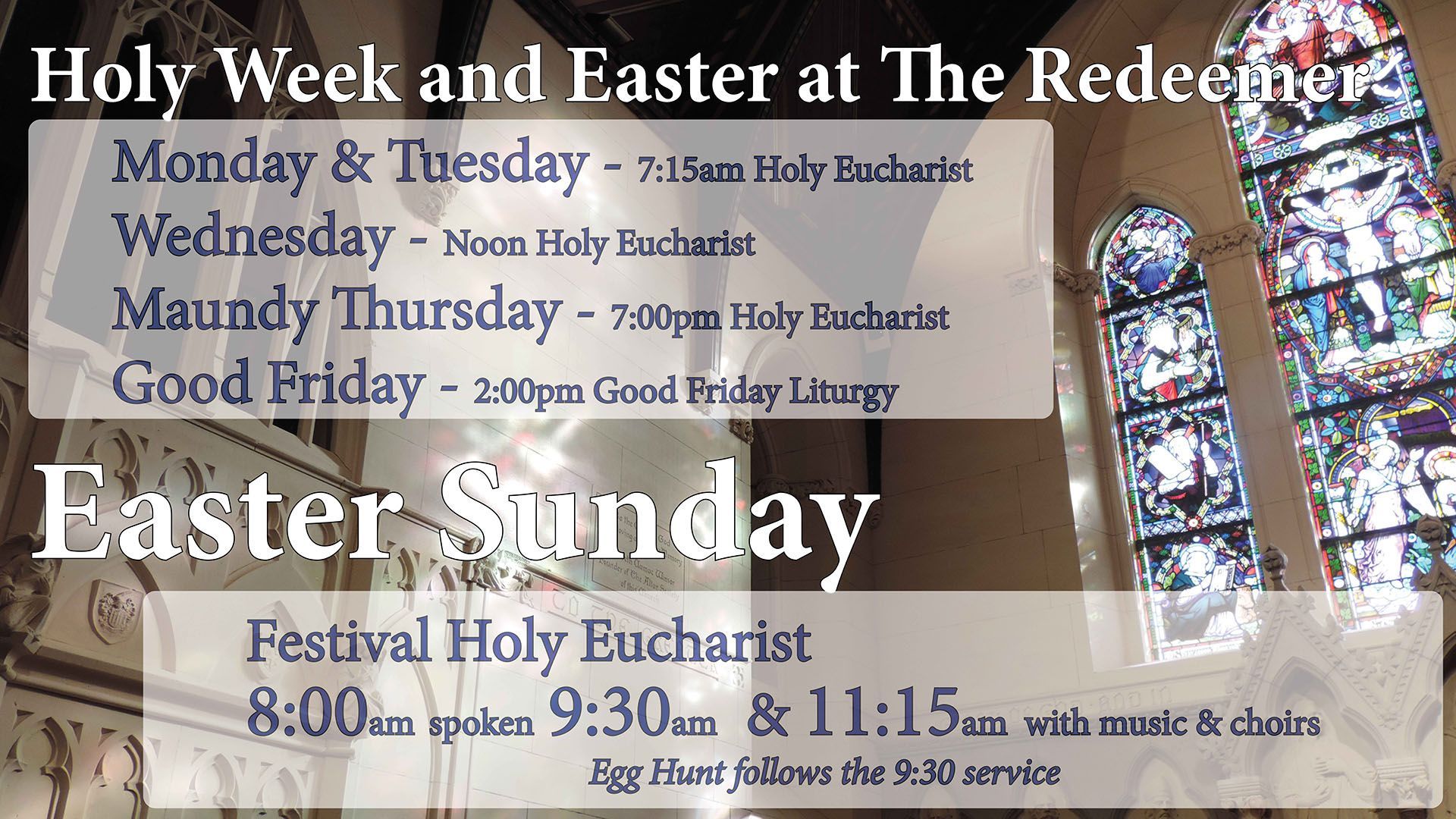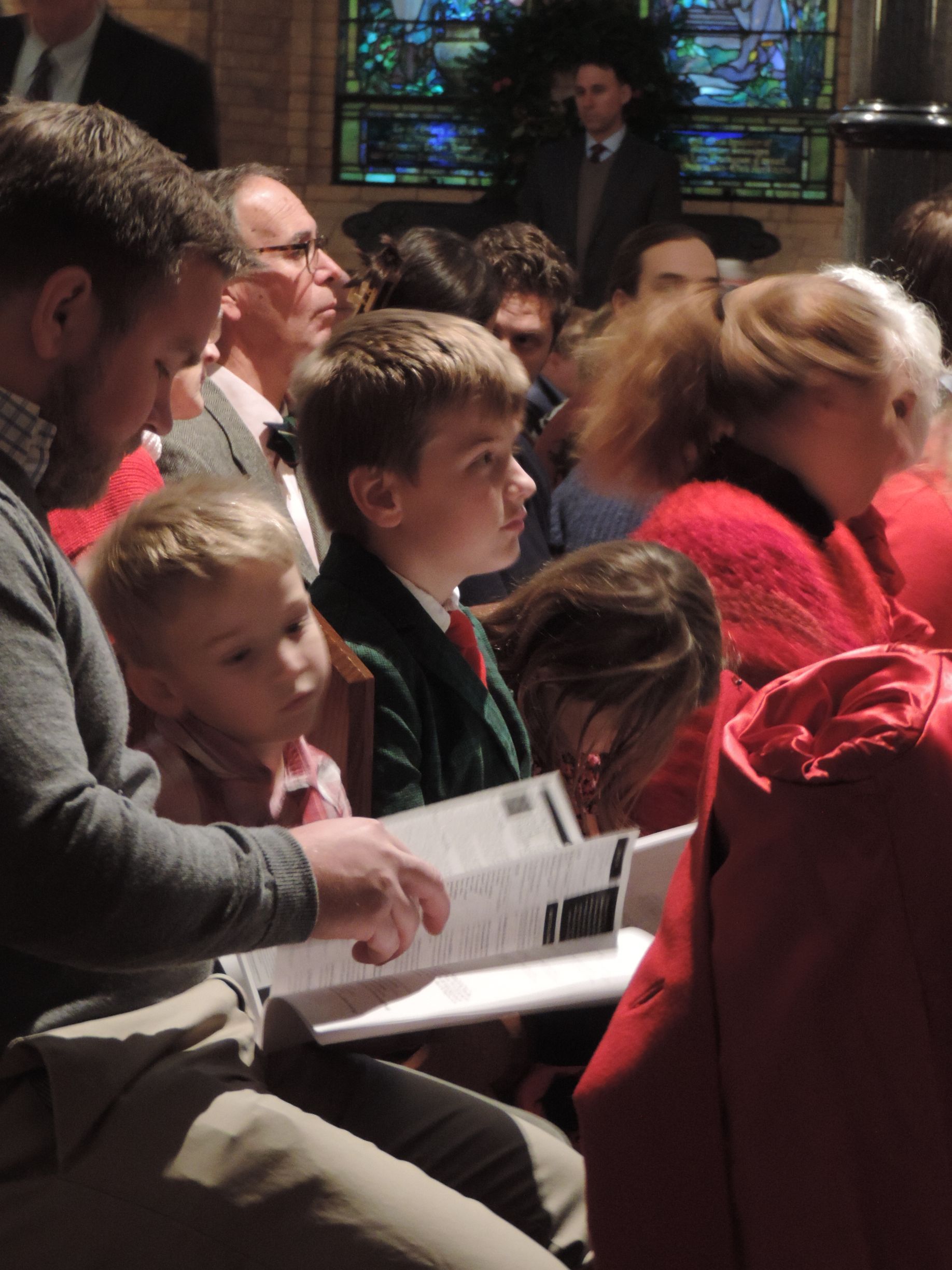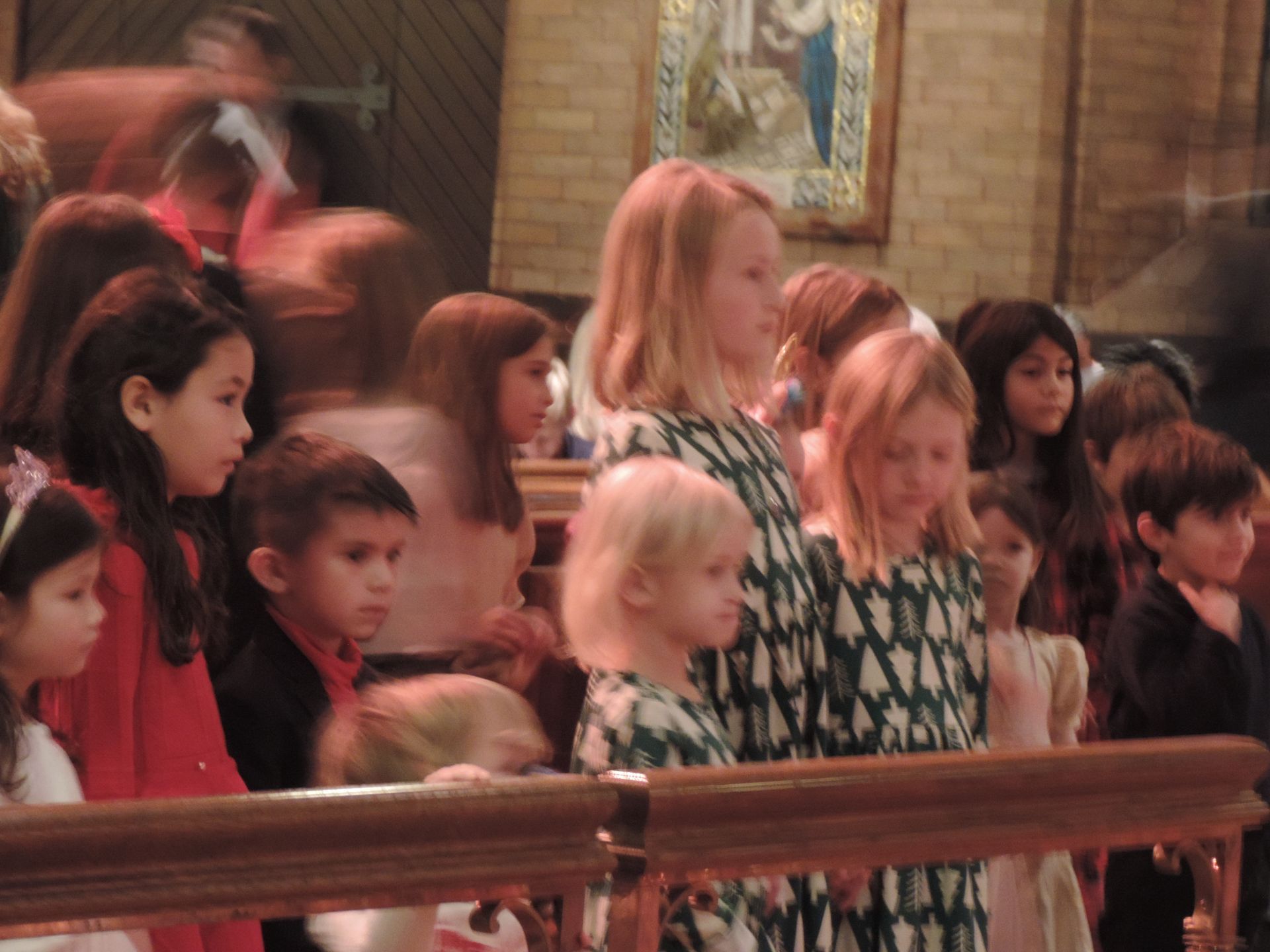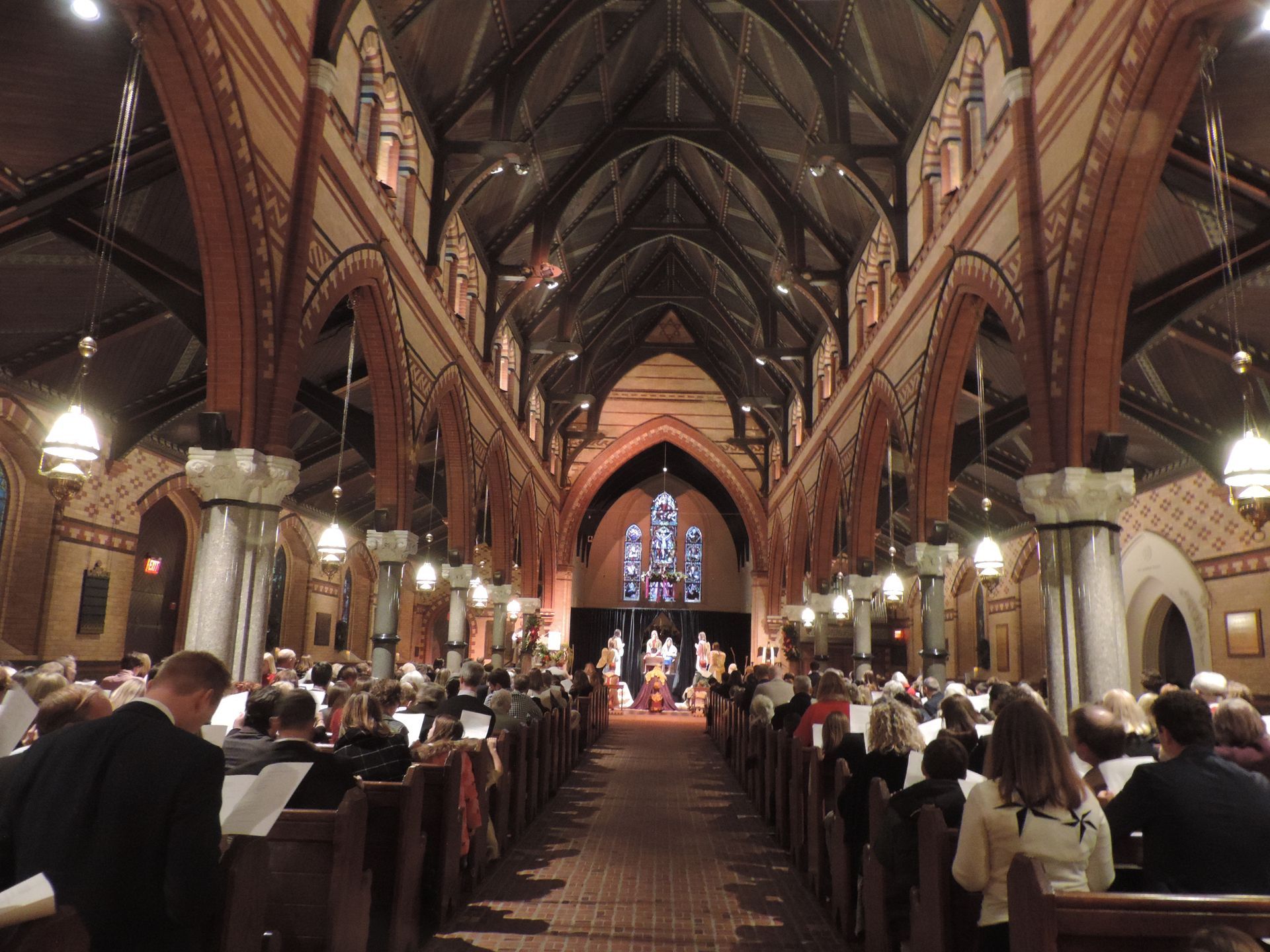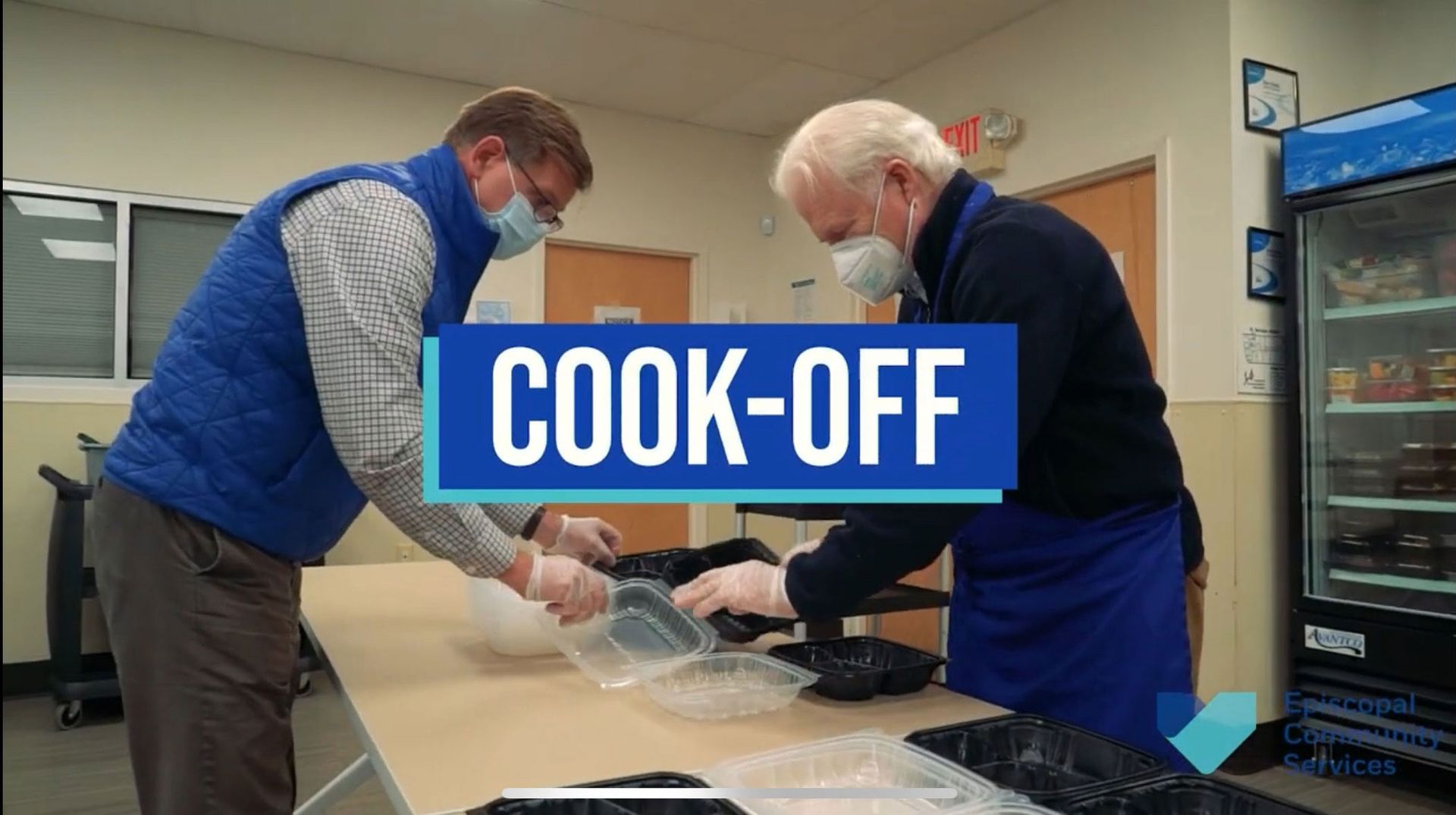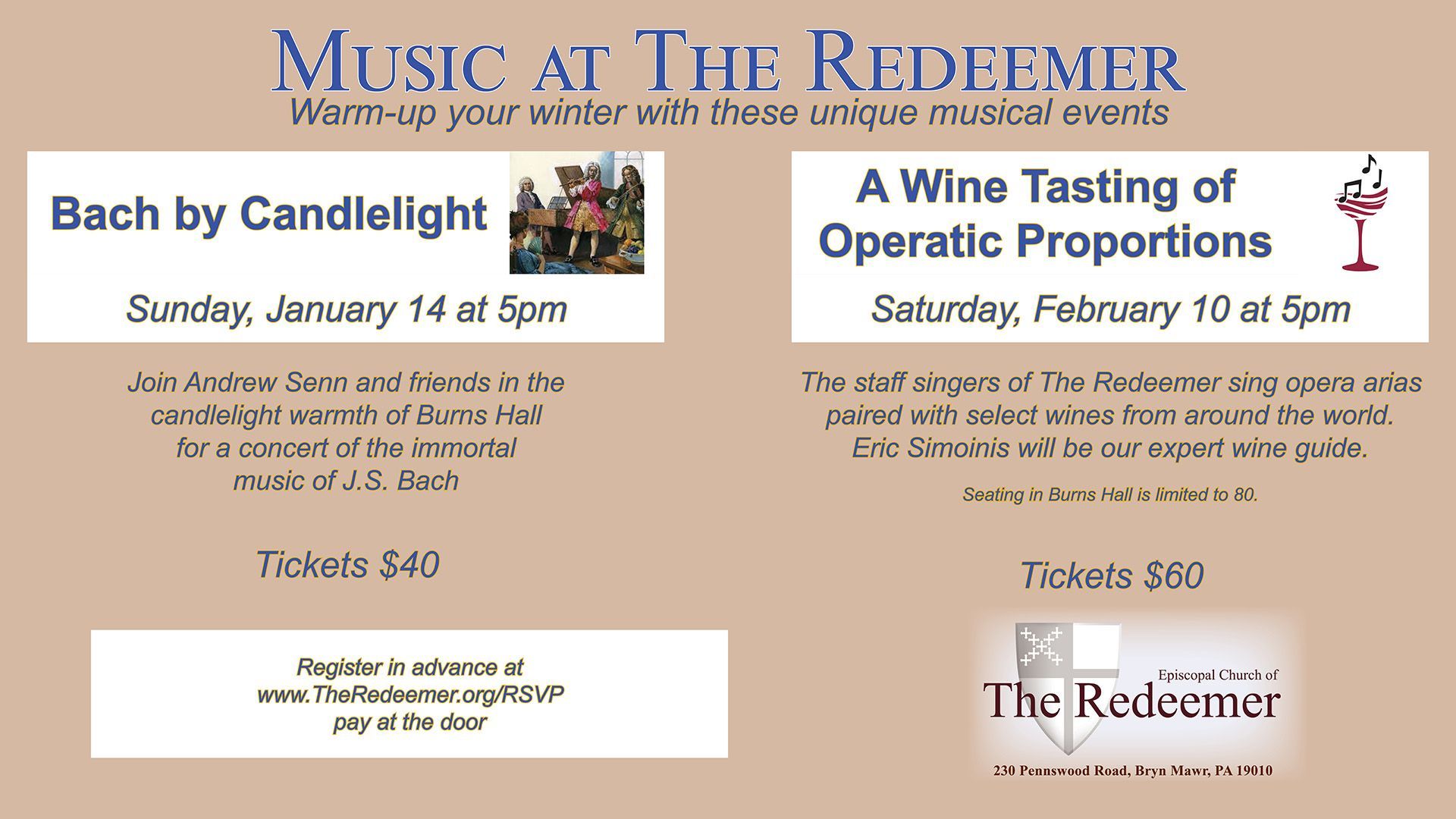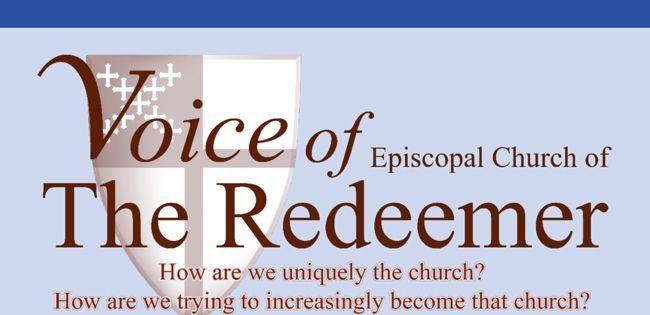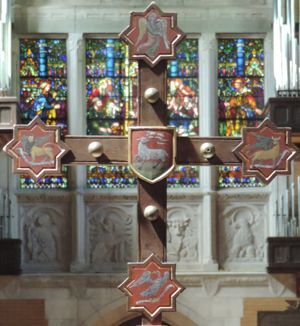What is the “secret ingredient” of Christmas? Is it food? Is it presents? Festive stalls at a Christmas market? Bright lights and baubles? Those things are all wonderful and enjoyable - but no, the secret ingredient is children. The bright eyes of children on Christmas morning, the joy of parents and grandparents watching their kids delight in this this special time of year, the cherubic voices of children singing Christmas music, and it’s all about a baby boy, isn’t it?
Children singing music of the Christmas season brings joy to our hearts; it embodies Christmas. And it’s not just having children there and singing, it’s having them mixed in with the teens and adults of the choir - the intergenerationality of it. In fact, The Redeemer Choir has one choir family that spans three generations (you know who they are!)
I’ve mentioned before how delighted I am that we don’t have a separate “children’s service” at Redeemer. I believe that cheapens worship. It’s patronizing to and undermines the intelligence of children. It gladdens my heart to see children in worship right beside adults. Of course the youngest leave for children’s chapel, so that the Gospel can be solidified in a more simple way. But for the remainder of the service, they learn the words, the movement, the patterns, and the music of the church by doing it.
To me, this is one of the beautiful things of the Episcopal church - that children are important. But so are adults, so are teenagers, so is our worship, so is our music, and so is our mission. In everything we do, we do it together. I’ve worked in a number of denominations, and so far the Episcopal church is the only one that really “gets” this. It’s one of the reasons I feel so at home here - I experience the same feelings and emotions every week at Redeemer that I did 30 years ago at St Luke’s, Evanston.
While I reminisce on my teenage years, I can’t help but draw many wonderful parallels between Redeemer and St. Luke’s. The style of the music program is nearly identical, though at that point there were separate boys and girls choirs. We all functioned together as one big choral family - laughing and crying, celebrating, and taking care of each other. (All under the Pied Piper-esque leadership of Richard Webster, who I hope to bring to Redeemer in the near future!) But beyond that, there were a variety of outreach ministries that were core to the mission of the parish - spreading the love of the Gospel and helping those who have no one else to help.
Maybe most similarly, and as I’ve talked about previously, these folks were from all walks of life. Evanston, Illinois has an astonishing make up of demographics. It’s the home of Northwestern University, and situated literally “across the street” from the hustle and bustle of Chicago, but leafy and green, with some of the highest property taxes in the country. There were folks scraping to get by, folks of every color of the rainbow, families of refugees, and those with seemingly endless means. All of these people contributed their time, talent, and resources to the work of the church.
Have you ever thought about how the content of our worship portrays intergenerationality? Evensong in particular! The canticles at Evensong are: “Advent” with young Mary’s Magnificat, and the “Presentation” with old Simeon’s Nunc dimittis. The juxtaposition between birth and death, young and old - with the child Jesus at the center. That service happens every month for us at Redeemer, every week for other churches, and almost every day in the Cathedrals of the UK.
Some of you may possibly remember this from days of yore, and it may be news to others - and certainly it’s hard to even fathom with the exhausting cult of secular Christmas starting as early as Halloween. Do you know when the start and end of Christmas are? There are, of course, the twelve days of Christmas, which start ON Christmas and go through January 5th (“Twelfth Night”), and then there’s The Epiphany when the magi show up. But that’s not all of it, the official end of “Christmastide” occurs on the aforementioned feast of the Presentation of Christ in the Temple, on February 2nd. (Incidentally, that is 40 days after Christmas - a not-coincidental tie to the Resurrection after the 40 days of Lent.) That means, you may legitimately keep your creche up all that time, along with other decorations, you may continue to spread the Christmas joy (citing this date when you do so), and you may keep blasting Christmas carols.
And guess what, we celebrate ALL of these markers in the life of the baby Jesus here at Redeemer. We usher in Christmas (albeit a smidge early) with Lessons and Carols, the beautiful array of services on Christmas Eve (and Christmas Day for the strong-willed), the bright light of the Epiphany star on January 7th (both in the morning and at Evensong), and finally the end of Christmas with The Presentation, observed at Evensong, transferred to February 4th.
I urge you to share in these services - particularly the Evensong on February 4th. Presentation, also known as Candlemas is my very favorite feast of the year. It’s celebrated to honor light warding off evil and death, and commemorates Jesus’ coming as “a light to lighten the gentiles.” There are some fantastic hymns which are only sung on this day, and traditionally the church has also used this occasion to bless candles for the coming year.
This is indeed a magical time of year, but don’t let the magic fade early. Use Advent as it was intended, not as “pre-Christmas”, but a time to prepare for Christmas. Keep the fire alive for the whole season - attend as many services as you can, not just Christmas Eve. Relish in the story as it’s told over those several weeks, and listen to the beautiful music as it’s sung by choirs of young and old.

